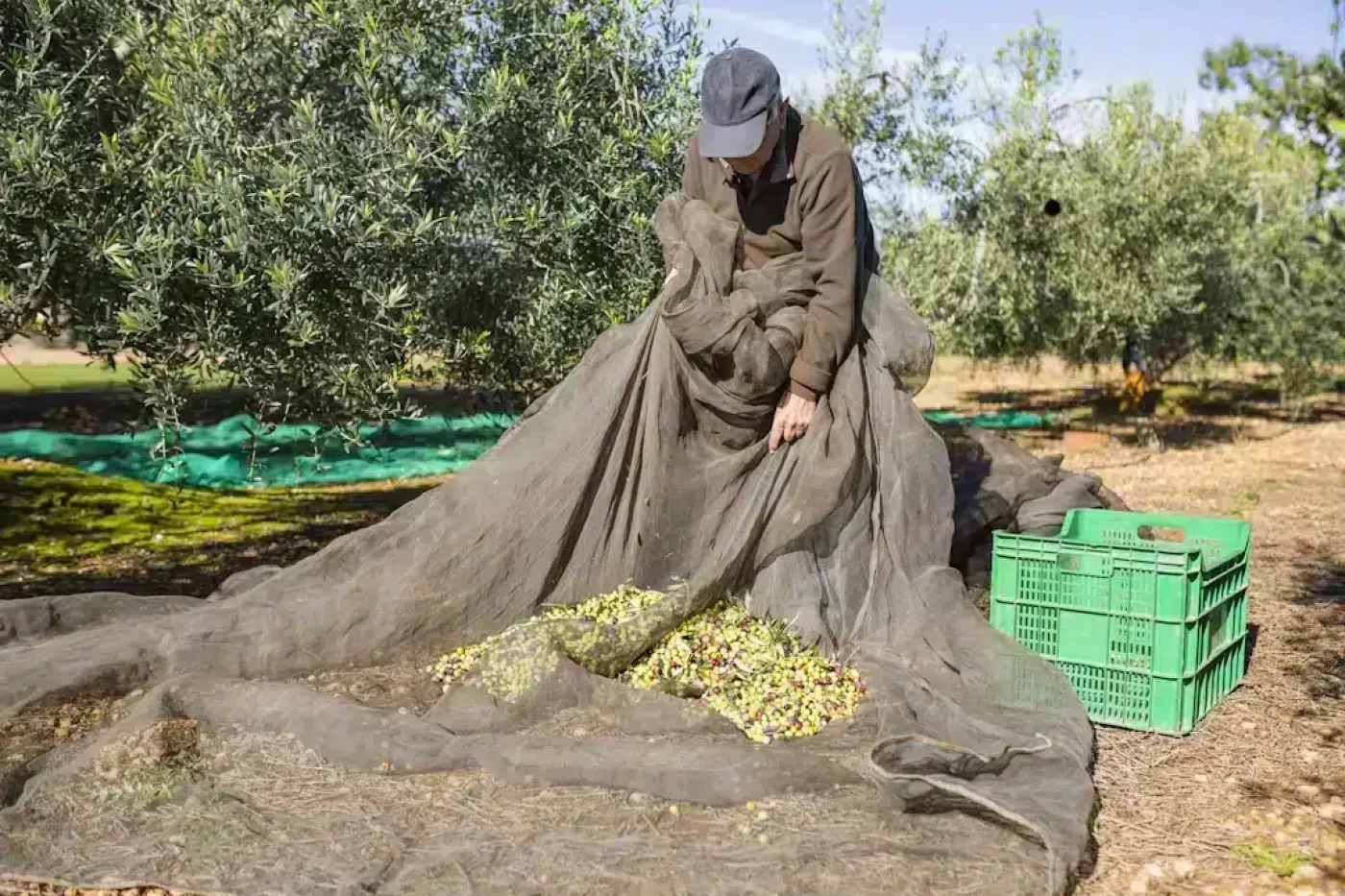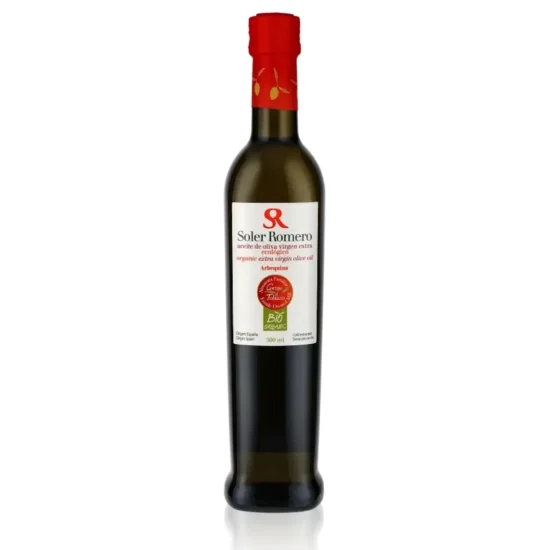
Olive oil is experiencing a moment of splendor in the United States. Its presence in supermarkets has grown exponentially, and Americans have become the world’s second-largest consumer, surpassing Spain. Projections indicate that by 2030, the United States will be the largest global consumer.
However, despite this love for olive oil, domestic production is limited. Although California leads domestic production, other states such as Arizona, Florida, Oregon, and Texas also produce award-winning oils. The US industry is maturing, but its annual production barely reaches 15,000 tons.
While olive production varies year by year, the most recent data points to a clear trio of leaders: Spain, Italy, and Turkey. Tunisia and Greece follow closely behind, in fourth and fifth place, respectively. In these countries, olive cultivation has deep roots, but today, leading producers are adapting to changing times, combating climate challenges, opening new markets, and developing innovative products for demanding international palates. The future of olive oil is at stake in these latitudes.
Spain has cultivated olive trees for thousands of years. Its warm summers, cool winters, and varied terrain have allowed many olive varieties to flourish. It is no surprise that Spain has long been the world’s leading producer of olive oil. In ancient Rome, the most valued oil came from what is now Andalusia, and today, Spain produces more oil than any other country.
In the 2023-2024 cycle, Spanish farmers and millers produced more than 766,000 tons of oil. This figure doubles Italy’s production, the second largest, over the same period, but represents a significant drop from the 1,491,000 tons produced in 2021-2022. This drastic reduction was due to a major drought. Climate change threatens global olive oil production, and in Spain, where olive growing and milling are economic drivers, the threat is evident.
Spanish producers aren’t giving up. The dry mountains of Andalusia are becoming a testing ground for sustainable growing practices and water management. This could lead to a new, more modern culture of olive growing internationally. Spanish olive growers are at the forefront of a transforming industry.
They have a lot to fight for, with 32 Protected Designations of Origin (DOCs) spread across the country, each promising a unique, high-quality olive oil. From the smooth, sweet oil of Catalonia’s Arbequina olives to the hot, dry region of Castilla-La Mancha with its spicy and bitter Cornicabra oil, it’s clear that Spanish olive oil remains as special today as it was over 2,000 years ago. The future of olive oil is strongly tied to Spain’s resilience and capacity for innovation.
Probably no cuisine is more closely connected to olive oil in our collective imagination than Italy. Olive oil consumption in the U.S. has doubled since the turn of the millennium, but Extra Virgin Olive Oil (EVOO) was already a staple in Italian-American kitchens and restaurants long before the rest of the country adopted it. In Italy, olive oil is a fundamental part of the daily diet. From the coastal Mediterranean diet to hearty pizzas and simple pasta dishes, Italian olive oil is intertwined with the country’s culture.
Despite the importance of this ingredient, Italy lags behind its neighbor Spain in olive oil production. However, what it lacks in volume, the second-largest olive oil producer in the EU makes up for in quality. After an excellent harvest year, Italy was the most awarded country at the 2025 World Olive Oil Competition. This was no fluke of the climate; it was the tenth consecutive year that Italy took home the most gold medals at this global competition.
Italian olive oil differs from Spanish olive oil in color and flavor. It is greener and has a grassy, peppery taste. The oil produced in Italy ranges from cold-pressed extra virgin to refined lampante, but the country’s most notable export is probably the high-quality EVOO from specific regions and olive varieties.
Olive oil from Lake Garda, for exampleFor example, it is highly appreciated around the world. Produced from Casaliva olives grown in the cool microclimate around the lake, this amber-green olive oil is rich and herbaceous, with a lightness that makes it ideal for Mediterranean seafood dishes and delicate salads. In this context, the future of quality, award-winning olive oil often leads us to Italy.
Despite some poor harvests due to climate change, Index Mundi data shows that Turkish oil production has been increasing since the early 2000s. In 2023-2024, Turkey produced 210,000 tons of olive oil, earning it third place worldwide. Beyond the annual harvests, EVOO enthusiasts owe a debt of gratitude to Turkish olive growers. As a gateway between Europe and the Levant, it is theorized that olive trees spread westward through Anatolia, in present-day Turkey, and into southern Europe, introducing olive oil to the western Mediterranean.
In addition to milling and exporting olive oil, the Olive Oil Times notes that Turkey exports around 100,000 tons of table olives each year. Not surprisingly, both olives and olive oil are an important part of Turkish cuisine. In fact, there is an entire category of dishes in Turkey called “zeytinyağlılar,” which means dishes made with olive oil. Some of these delicacies are cooked with a blend of EVOO and refined oil that Turkish cooks call Riviera, while others are finished with quality cold-pressed EVOO. Foodies will recognize many of them, such as stuffed vine leaves and grilled and roasted vegetables, as staples of mezze platters.
Although Turkey is battling the same effects of climate change as Italy and Spain, significant recent investment in Turkish olive oil production means the country is a country to watch for olive oil lovers. Turkish EVOO brands are not only determined to enter new markets but are also producing exciting, high-quality olive oils from native olive varietals not found anywhere else. This positions Turkey as a key player in shaping the future of olive oil.
Important Note: aceitedelcampo.com promotes the consumption of extra virgin olive oil for its culinary qualities and health benefits. However, no medication or current treatment should be replaced without the guidance of a healthcare professional.




ALZAYT EXPORT SL
info@aceitedelcampo.com
C/ Eduardo Bosca 19, 2-5
46023 Valencia
Subscribe and receive a coupon by email for your next purchase.